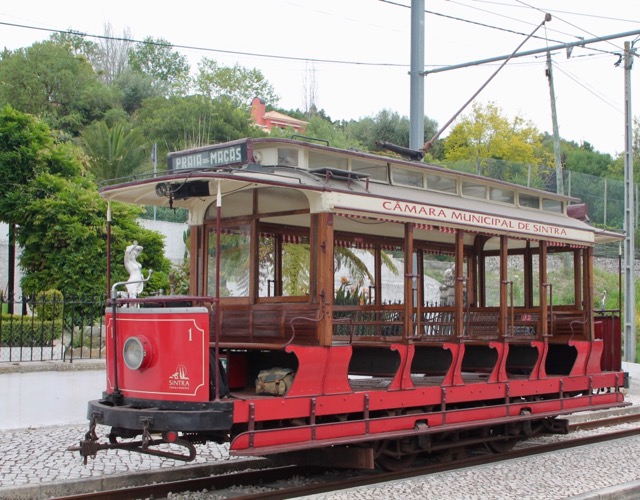
In 1904 an 11.7 km long metre gauge electric tramline was opened from Sintra (station) to Praia das Maças (Applebeach). An 1.0 km long urban line connected the station in Sintra-Estefânia with Sintra-Vila. Some freight transport existed, mainly between Banzão and the railway station. In the small Banzão depot is still a weigh bridge and the only track of the depot gives also access to the warehouse of a winery. At the railway station was a siding to make transfer of goods easy.
In 1930 the line was extended by 1.9 km from Praia das Maças to Azenhas do Mar bringing the total length of the system on 14.6 km. This last extension was closed again in 1954, the urban line was closed in 1958. From 1953 until 1974 the service was limited to Summer only. During the period 1975 to 2003 no service at all or only a very limited service on part of the line existed. Since the Summer of 2004 the line is almost reinstalled complete again between Sintra-Estefánia and Praia das Maças, except for the about 600 m long section through the town of Sintra until the railway station.
The time-table of the tram service is published on the site of the Câmara Municipal of Sintra.
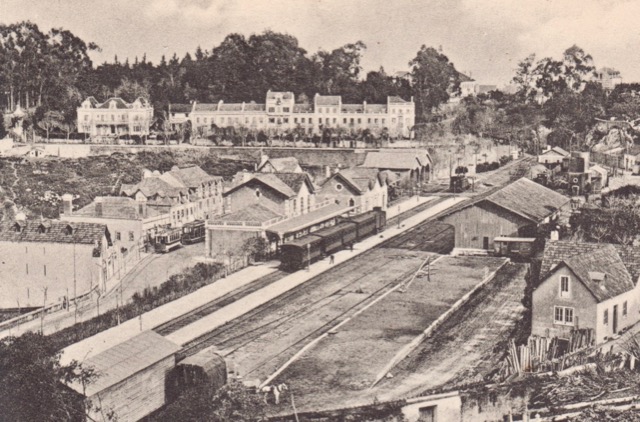
The line
Along the line are indications of distances. The current 0 km point is at Praia das Maças. With the description of the line these distances are used and that means the old Azenhas do Mar terminus gets its distance indicated as negative. The line is and was over its whole length single track with passing loops. Most was on reserved space or at the road side.
- – 1.9 km Azenhas do Mar – terminus with two stub tracks near the Largo Chitas. The part in Praia das Maças of the route to Azenhas was street track. Opened 1930, closed 1954.
- 0.0 km Praia das Maças – current terminus with passing loop and two stub tracks.
- 1.5 km Pinhal de Nazaré – passing loop.
- 3.0 km Banzão – former freight station, now small depot and sub-station. Passing loop with connected a stub track into the building and beyond into the adjacent building of the winery. A second stub track with a small turn-table was removed.
- 3.9 km Colares – small station building that in recent years was converted to a large shelter. Passing loop removed.
- 5.1 km Nora – passing loop removed.
- 6.4 km Galamares – passing loop with a shelter. This location is a bit outside the hamlet of Galamares.
- 7.0 km Galameres, Rua das Flores – no special tram infrastructure, but central in the small hamlet.
- 7.9 km Ponte Redonda – passing loop removed. Named after the adjacent bridge. This was originally a narrow stone bridge with street track for the tram. Now it’s a wide bridge with the tram track on reserved space in the centre.
- 8.8 km Ribeira – passing loop originally as street track because the road was here very narrow. With the construction of a wide road inside the curve, the passing loop is now on reserved space. There was a stub track into the former power plant.
- 9.0 km Ribeira – line to the depot.
- 10.1 km Monte Santos – passing loop with shelter. The current shelter is new, the old one was of the same type as the one in Galamares.
- 11.0 km Sintra Estefânia – current terminus as single stub track. There is and was never a passing loop. From here the line was street track. The section until the station was used for the last time in 1974 and later lifted.
- 11.7 km Sintra Estação – layout several times changed, but details are unknown. There was a side track to the goods shed at the back side of the station. Originally this track crossed the railway just outside the tunnel together with a road crossing that existed there at the time. Later the side line connection was moved to the top end of the railway station. Passing loop in front of the secondary station building “Grande Velocidade”.
- 12.7 km Sintra Vila – Old terminus, one stub track with a passing loop next to the Torre do Relógio. The section from the station to Vila was closed in 1958.
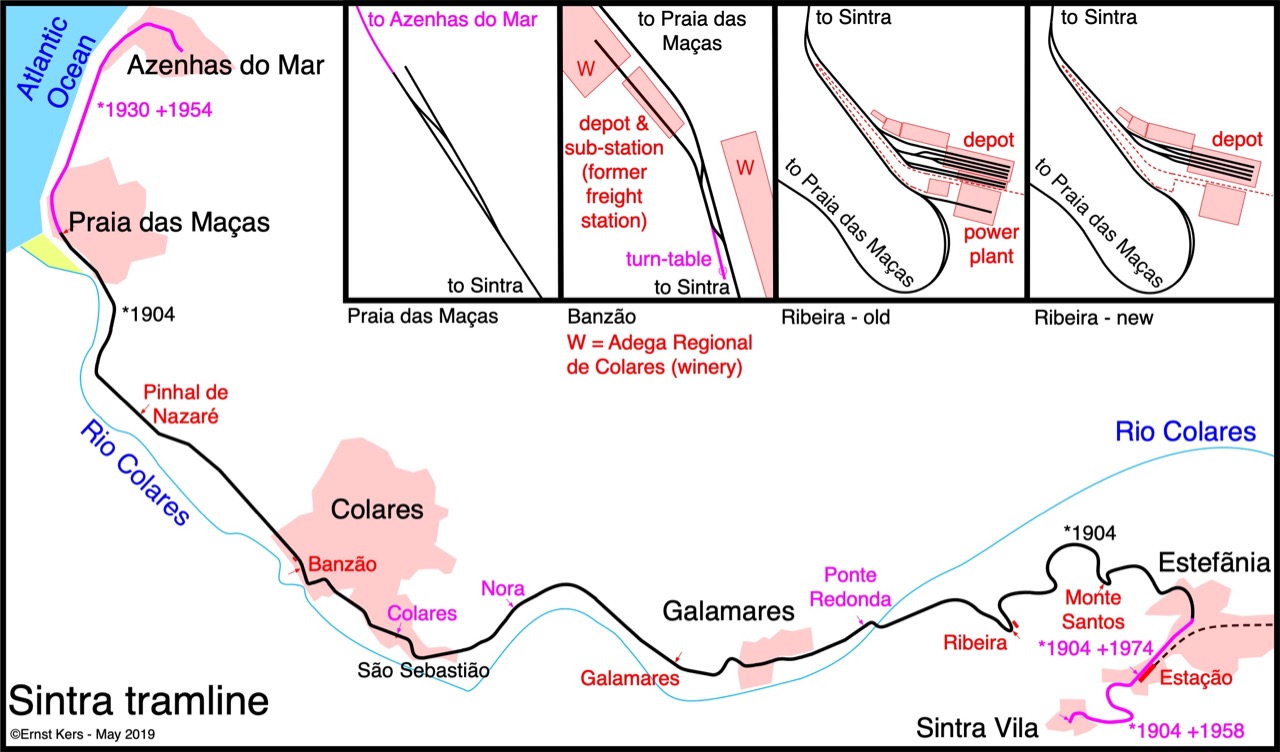
Rolling stock
Original there were three closed and four open cross-bench cars plus two closed and four open cross-bench trailers. All this rolling stock came from Brill of Philadelphia.

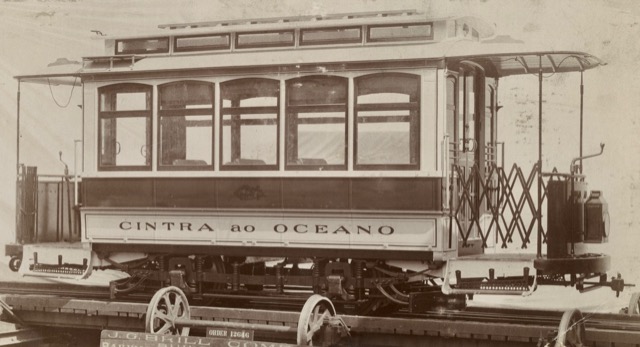
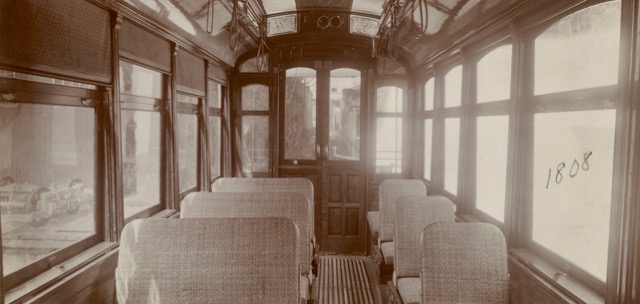
The original colours of the trams are not known, likely they were yellow. In the 1950’s the trams were yellow, in 1958 they became blue and in 1963 red. The original numbers of the trams are not know either. In the 1930’s the open motor cars had the numbers 1, 3, 5 & 7, the closed motor cars had the numbers 2, 6 & 8, the closed trailers the numbers 4 & 10 and the open trailers the numbers 9, 11, 12 & 13.
During the years reconstructions took place. Three new domed-roof bodies similar to the Lisbon “Standard” cars were constructed. Together with truck changes and renumbering this resulted in the following fleet:
- Brill made open motor car with eight cross-benches seating 32. This tram is painted blue again.
- Local made closed domed-roof motor car with seating for 24. Entered service in 1945. The truck came from the old closed Brill motorcar no.2 of which the body was scrapped.
- Brill made closed motor car with transverse seats for 17. This was before closed motorcar no.8.
- Local made closed domed-roof motor car with seating for 24. Entered service in 1946. The truck came from the old closed Brill motorcar no.6 of which the body was stored.
- Local made closed domed-roof motor car with seating for 24. Entered service in 1948. The truck came from the old open motorcar no.5, of which the body was used for trailer no.14.
- Brill made open motor car with eight cross-benches seating 32. This was before open motorcar no.3.
- Brill made open motor car with eight cross-benches seating 32. This tram is painted yellow again.
- Brill made closed trailer with longitudinal seats for 20. Before this trailer had the no.4.
- Brill made open trailer with eight cross-benches seating 32.
- Brill made closed trailer with transverse seats for 17.
- Brill made open trailer with eight cross-benches seating 32.
- Brill made open trailer with eight cross-benches seating 32.
- Brill made open trailer with eight cross-benches seating 32.
- Brill made open trailer with eight cross-benches seating 32. The body belonged to motor car no.5.
- Brill made closed body without truck. The body belonged to motor car no.6. It’s in storage since 1946.
- Overhead wire repair car.
- One closed freight car.
- One small open freight car.
- Two large open freight cars.
- One flat car.
- Two lorries.
- Diesel locomotive.
- Tram acquired from Lisbon (ex CCFL no.709) and prepared for service in Sintra. It got the number 100 but was never put in service.
In 2006 the Ribeira depot was rebuilt. Except for the fleet of Sintra, two more former Lisbon cars are stored there. One is 703, the other the 615 owned by a tram enthusiast. Also two former Coimbra trucks came to Sintra.
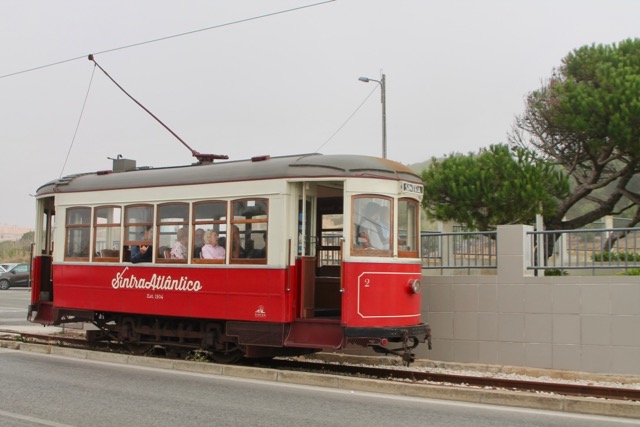
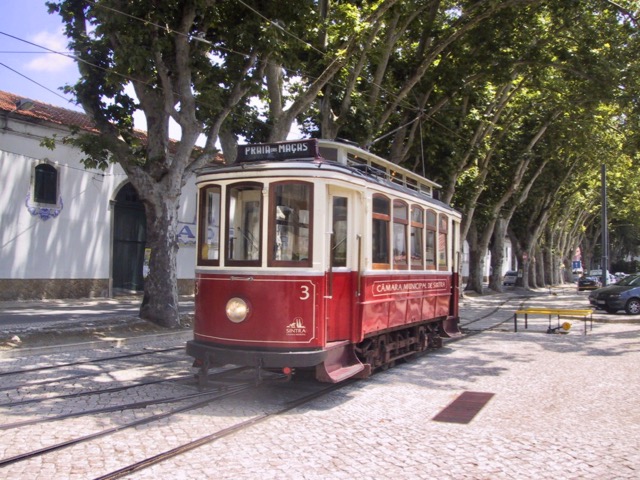
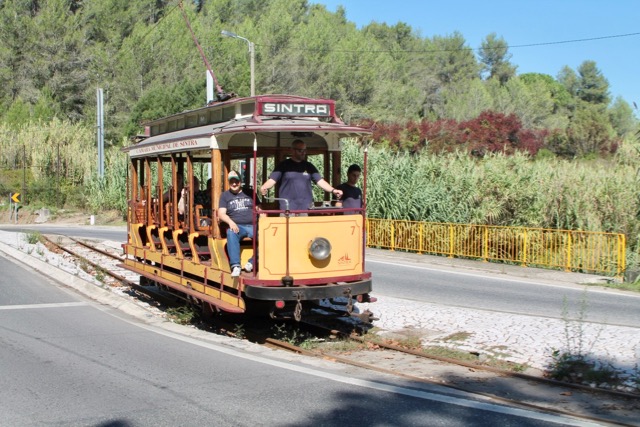

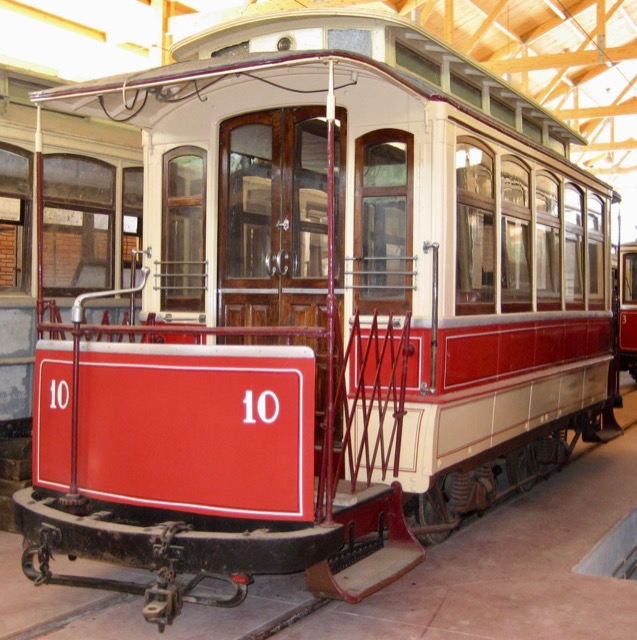

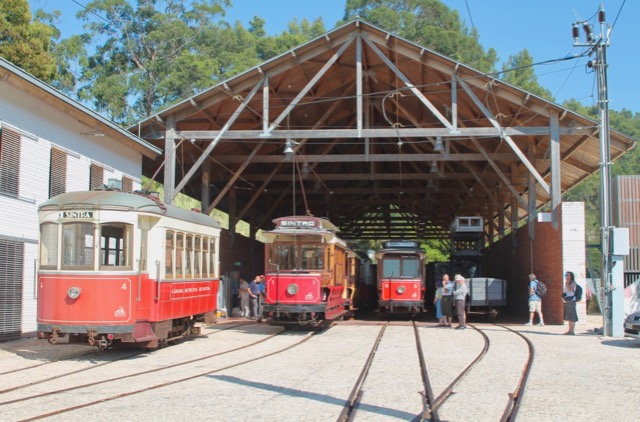
Sources
- Júlio Cardoso & Valdemar Alves: “Eléctricos de Sintra, um percurso centenário”, published by the Câmara Municipal de Sintra in June 2004.
- Paulo Caldeira Martins: “Eléctricos de Sintra”, ISBN 972/700/095/9 published August 1997.
- B.R. King and J.H. Price: “The Tramways of Portugal”, published by the LRTA, several editions.
Photos
- Brill works photos: collection of the Historical Society of Pennsylvania (USA)
- Postcard railway station, photo in front of the station and old Ribeira depot: collection Ernst Kers
- All other photos: Ernst Kers
©Ernst Kers

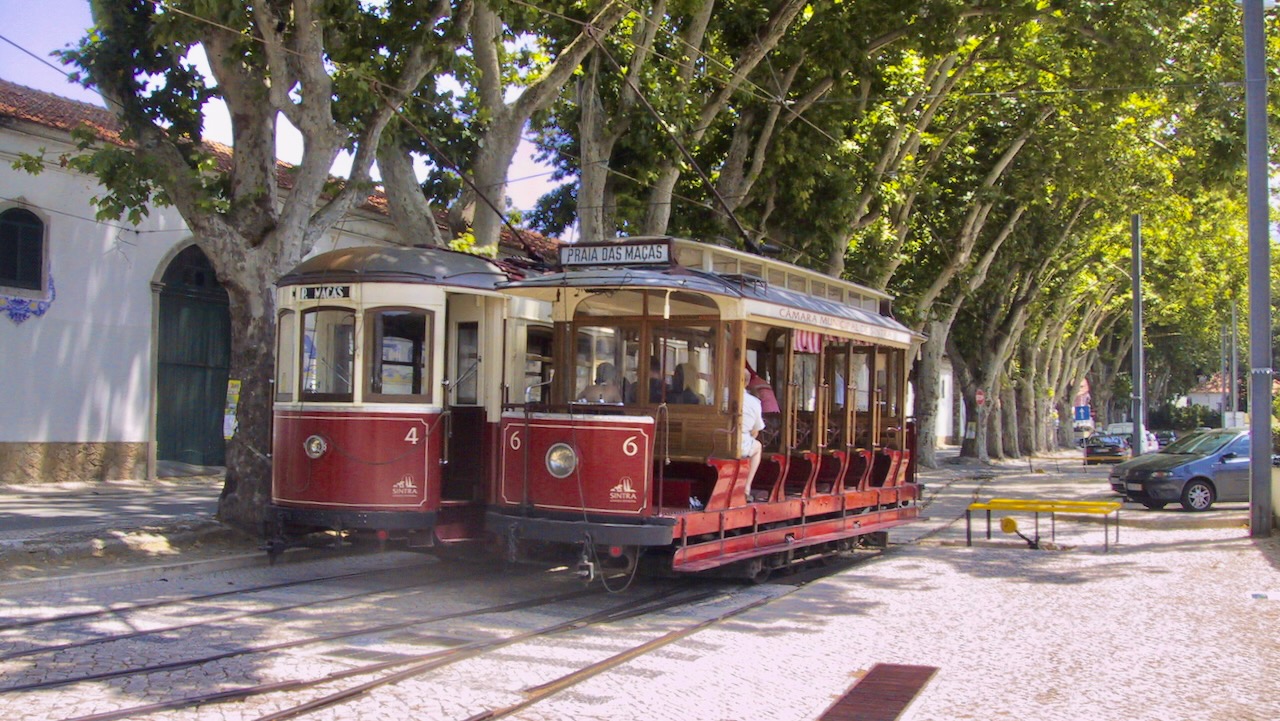
Leave a Reply